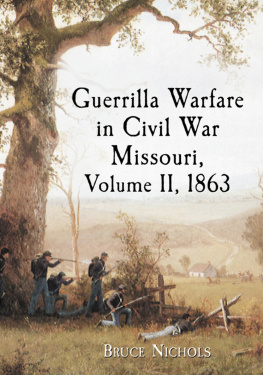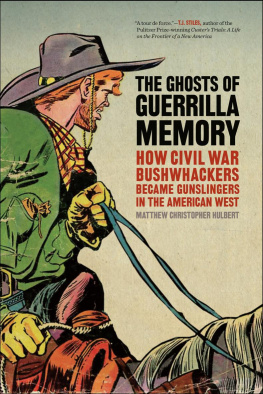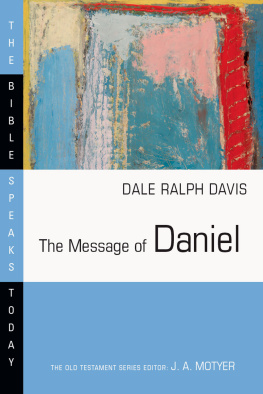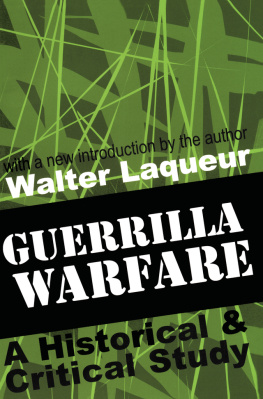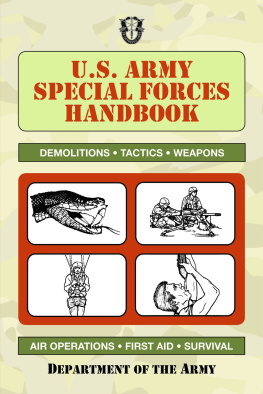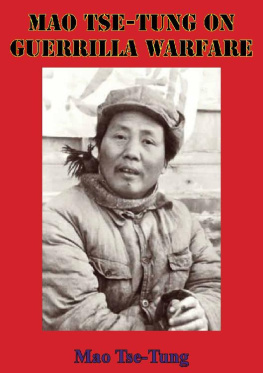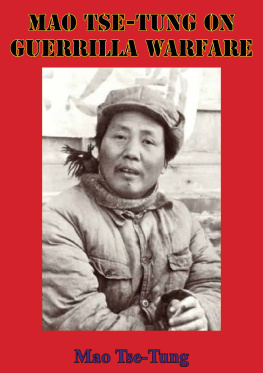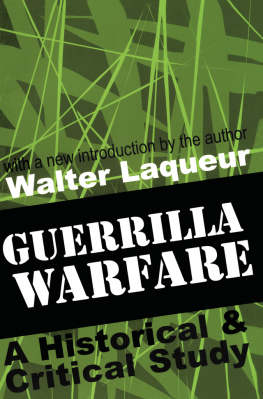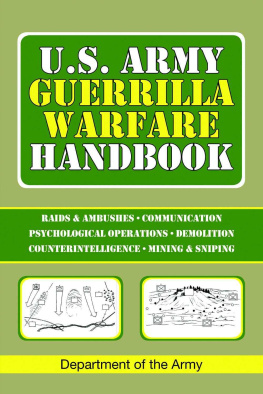This edition is published by PICKLE PARTNERS PUBLISHINGwww.picklepartnerspublishing.com
To join our mailing list for new titles or for issues with our books picklepublishing@gmail.com
Or on Facebook
Text originally published in 2004 under the same title.
Pickle Partners Publishing 2015, all rights reserved. No part of this publication may be reproduced, stored in a retrieval system or transmitted by any means, electrical, mechanical or otherwise without the written permission of the copyright holder.
Publishers Note
Although in most cases we have retained the Authors original spelling and grammar to authentically reproduce the work of the Author and the original intent of such material, some additional notes and clarifications have been added for the modern readers benefit.
We have also made every effort to include all maps and illustrations of the original edition the limitations of formatting do not allow of including larger maps, we will upload as many of these maps as possible.
GUERRILLA OPERATIONS IN THE CIVIL WAR: ASSESSING COMPOUND WARFARE DURING PRICES RAID
by
MAJ Dale E. Davis
TABLE OF CONTENTS
Contents
ABSTRACT
One of the most significant areas of guerrilla warfare during the American Civil War occurred along the Missouri-Kansas border. Many of these guerrilla forces had been active during the Bleeding Kansas period and continued their activities into the Civil War supporting the Confederacy. The guerrillas attacked Federal forces and disrupted their lines of communications, raided settlements in Kansas, and attempted to support Confederate conventional forces operating in the area. In 1864, Major General Sterling Price led a raid into Missouri in a final attempt to bring the state into the Confederacy. This thesis explores the nature of guerrilla warfare in the Missouri-Kansas border area and explains how Price and the guerrillas failed to employ the elements of Compound Warfare to bring Missouri into the Confederacy.
ACKNOWLEDGMENTS
I would like to thank LTC Shawn Cupp, MAJ Don Kaderbek, and MAJ Dave Christensen for encouraging me to stick with it. I would also like to thank Dr. Curtis King and Mr. Kelvin Crow for their expertise and advice, and a special thank you to Dawn, Stephanie, Nathan, and Jacob for their love and support while I completed this project.
CHAPTER 1INTRODUCTION
During the American Civil War, many Southern sympathizers formed irregular organizations to support the war effort against Union forces, operating throughout the Southern and border state areas. Irregular forces employed classic guerrilla techniques including hit and run attacks, raids, and ambushes to harass Federal forces and disrupt Federal lines of communications. They also attacked pro-Union sympathizers, destroying or seizing private property to exact revenge or gather provisions for their forces. Confederate authorities sanctioned some of the irregular forces as Partisan Rangers while other groups operated in a loose association supporting the Southern cause. The most significant contribution these guerrilla forces made to the Confederate war effort was to tie down as much as one-third of the Union Army to occupation duties at different stages of the war. President Abraham Lincoln recognized the impact of guerrilla activities when he wrote, In no other way does the enemy give us so much trouble, at so little expense to himself.
Guerrilla operations during the American Civil War required the Federal government to expend significant effort in attempts to suppress their support for the Confederate war effort. The Federal government initially attempted to mitigate the effects of guerrilla operations with moderate policies to pacify the local populaces, thus weakening their support to irregular forces, along with the use of military force to suppress guerrilla activities. As the war progressed, Federal policies became more severe as Union forces became frustrated in their efforts to defeat the guerrilla forces. The Federal government occupied portions of Maryland, Kentucky, Missouri, and Western Virginia to protect pro-Union governments and citizens in the volatile border area while campaigning against Confederate regular forces. By late 1862, the most common technique employed by Union forces was to establish small posts in the major towns throughout the region supported by mobile reserve forces located in the county seats diverting troop strength away from the conventional battles. Forces committed to the counter-guerrilla effort conducted patrols, raids, and sweeps throughout the occupied areas to track and defeat guerrilla forces. Union efforts also included forces in defensive positions to secure railroads, bridges, and other points of key terrain and facilities.
In addition to military efforts, commanders used policy measures to combat guerrilla activities. Major General Henry W. Halleck, commander of the Department of the Mississippi, declared in March 1862, that anyone caught conducting sabotage would be considered an outlaw and would be shot on sight. Another policy attempt to stem the effectiveness of the guerrillas was Order No. 11, issued in August 1863 by General Thomas Ewing, commander of the District of the Border between Missouri and Kansas. This order was intended to depopulate Jackson, Cass, Bates, and Vernon Counties along the Missouri border to deny sanctuary for the guerrillas (see Maps, Appendix A).
One of the most violent areas of guerrilla activity requiring the Federal governments attention was along the Missouri and Kansas border. Guerrilla forces led by William Clarke Quantrill terrorized pro-Union supporters and harassed Union forces throughout the Missouri-Kansas border area. The most significant operation conducted by Quantrill was the raid on Lawrence, Kansas in August 1863. Quantrill led a force of approximately 450 guerrillas that killed over 150 inhabitants of Lawrence and destroyed much of the town during the raid. After the raid, Quantrill began to lose control of the organization, and some of his followers formed smaller organizations of their own. The most significant of these splinter groups were those formed by William Bloody Bill Anderson and George Todd.
Anderson and Todd led irregular forces that plunged the Missouri River Valley into terror during the summer of 1864, disrupting Federal forces and lines of communication preparing the way for Prices Raid into Missouri in September and October 1864. After successes in the Camden Expedition and the Red River Campaign in the spring of 1864, the Confederates once again attempted to secure Missouri by force. To be successful, Price needed to strike quickly by seizing key terrain and facilities before they could be adequately defended, and he would need to use all means available to defeat Federal forces in the state. During the raid, the guerrillas massed their forces in close proximity to the Confederate regular forces conducting the raid, resulting in the deaths of Todd and Anderson and many of their men. Price was defeated and retreated back to Louisiana. In the wake of his army, most of the guerrillas fled the state for winter quarters in Texas while Quantrill formed a group of 30 guerrillas and departed Missouri heading east toward Kentucky.
Returning to Missouri the following summer, the guerrillas found themselves operating against Federal forces conducting aggressive counter-guerrilla operations able to disperse without the threat of a conventional Confederate attack. The guerrillas also began to lose their sanctuary in their normal area of operations. Many years of fighting and bushwhacking devastated the area that provided them little sustenance and popular support. With the surrender of the Confederate regular forces and rapidly losing their sanctuary, many of the guerrillas surrendered, effectively ending over a decade of conflict in the border area.



